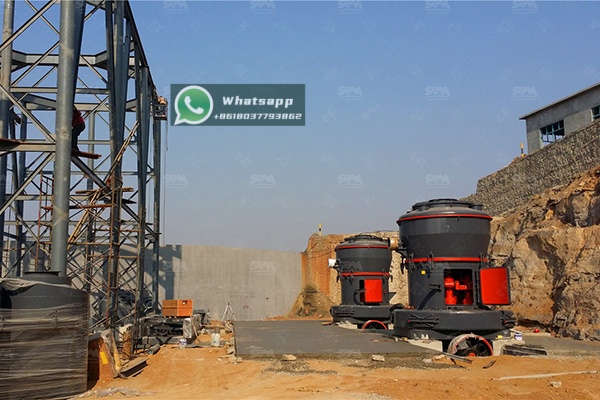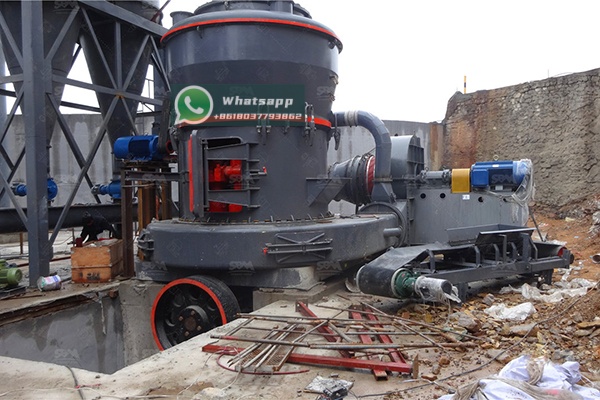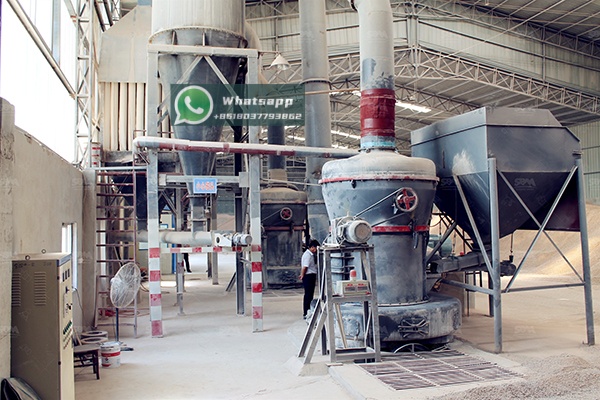The rubber and tire industry is a cornerstone of global manufacturing, demanding materials of exceptional quality and consistency to meet rigorous performance and safety standards. Among the myriad of functional fillers used, ultrafine talc powder stands out for its unique ability to enhance critical properties in rubber compounds. The production of this high-purity, precisely controlled mineral is a sophisticated process, heavily reliant on advanced grinding technology to achieve the particle size distribution and surface characteristics essential for optimal performance.
Talc, a hydrated magnesium silicate, is a soft mineral known for its plate-like (lamellar) structure, chemical inertness, and hydrophobic nature. When milled to an ultrafine grade, it becomes an invaluable functional filler in rubber formulations, serving multiple purposes:
The efficacy of talc in these roles is directly proportional to its fineness. Ultrafine particles with a tight size distribution and a high aspect ratio (diameter-to-thickness ratio) provide a much larger surface area for polymer interaction, leading to superior reinforcement and barrier effects compared to coarser grades.

Transforming raw talc ore into a product suitable for high-performance rubber applications is a complex procedure. The primary challenges include:
Meeting these challenges requires more than conventional crushing equipment. It demands specialized fine and ultrafine grinding mills that combine impact, shear, and compression forces with highly efficient air classification.
Shanghai Zenith Machinery Co., Ltd., an excellent manufacturer of ore grinding equipment in China, has made great achievements in the field of ultra-fine powder grinding. Specializing in the research, development, and production of industrial powder grinding equipment, Zenith offers robust solutions tailored for the production of ultrafine talc. For this specific application, two of their mills are particularly well-suited: the XZM Ultrafine Grinding Mill and the LUM Ultrafine Vertical Mill.

The XZM Ultrafine Grinding Mill is a leading choice for producing superfine talc powders. It is engineered to handle soft to medium-hard materials like talc with moisture content below 6%. Its design is a hybrid of a vertical mill and a fluidized bed jet mill, utilizing a multi-stage grinding ring and roller system to achieve extremely fine outputs ranging from 325 to 2500 mesh (5-45 microns).
For a talc producer aiming for the high-end rubber market, the XZM series offers the precision and consistency required. The integrated air classifier ensures that only particles meeting the target fineness leave the grinding chamber, while oversize material is recirculated for further size reduction. This results in a tightly controlled particle size distribution, maximizing the performance of the talc in the final rubber compound.
| Model | Working diameter (mm) | Max feed size (mm) | Final size (mesh) | Output (kg/h) | Main motor power (kW) |
|---|---|---|---|---|---|
| XZM221 | Φ800 | ≤20 | 325-2500 | 500-4500 | 75 |
| XZM268 | Φ1680 | ≤20 | 325-2500 | 5000-25000 | 315 |
For larger scale production requiring integrated drying, grinding, classifying, and conveying, the LUM Ultrafine Vertical Mill represents the pinnacle of Zenith’s technology. It is designed to produce products with a high content of end-fines and is ideal for achieving the D97 5-30 micron range perfect for rubber-grade talc.
Its standout feature is the use of German technology for the grinding roller and plate design, which applies moderate pressure to effectively delaminate the talc crystals without excessive breakage, preserving the crucial platelet morphology. The intelligent automatic control system allows for precise adjustment of operational parameters, ensuring consistent product quality and optimizing energy consumption.
| Model | Main machine power (kW) | Capacity (t/h) | Size distribution D97 (μm) |
|---|---|---|---|
| LUM1525 | 220-250 | 1.6-11.5 | 5-30 |
| LUM1632 | 280-315 | 2.0-13.5 | 5-30 |
| LUM1836 | 355-400 | 2.3-15 | 5-30 |
The transition towards high-performance, sustainable rubber and tire products intensifies the need for superior raw materials like ultrafine talc. The ability to consistently produce this specialized filler hinges on deploying the correct grinding technology—technology that can delicately balance extreme fineness with particle morphology, all while operating efficiently.
Shanghai Zenith Machinery Co., Ltd. provides precisely this expertise. With a comprehensive portfolio of grinding mills, including the highly recommended XZM and LUM series, Zenith offers tailored solutions for talc producers aiming to serve the exacting rubber and tire industry. By investing in Zenith’s advanced grinding technology, producers can ensure their talc products deliver the reinforcement, processing aids, and barrier properties that tire and rubber compounders depend on, securing a competitive edge in a demanding global market.
